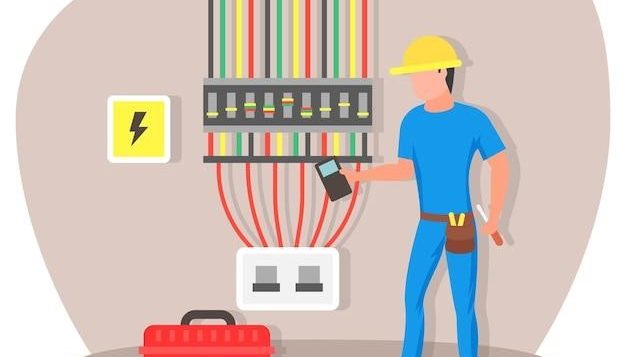Managing the complexities of your home’s electrical system can be intimidating for many homeowners. Yet, understanding the basics is crucial for ensuring safety and efficiency and knowing when to call in the professionals. This beginner’s guide aims to demystify the essential components of your home’s electrical system, highlight common issues you may encounter, and provide guidance on when it’s time to seek professional help.
The Heart of Your Home: The Electrical Panel
Think of the electrical panel as the heart of your home’s electrical system. This critical component distributes electricity from the utility company into the various circuits that run throughout your house. Each circuit is protected by a circuit breaker, designed to trip and shut off power automatically if there’s an overload or a short circuit, preventing potential fire hazards.
Critical Insight: Regularly check your electrical panel to ensure all breakers are in the correct position. If you frequently experience tripped breakers, it’s a sign to consult a professional electrician.
Circuits: The Veins of Your Home
Your home is divided into several circuits, each designed to supply electricity to specific areas or types of appliances. Some high-power appliances, like ovens and dryers, have dedicated circuits. Understanding which circuits power different parts of your home can help you identify where a problem might originate.
Common Issue: Overloading a circuit by plugging in too many devices can lead to tripped breakers. Be mindful of the electrical load on each circuit.
GFCIs and AFCIs: Safety Devices
Ground Fault Circuit Interrupters (GFCIs) and Arc Fault Circuit Interrupters (AFCIs) are safety devices integrated into your electrical system. GFCIs protect against electric shock, particularly in wet areas like bathrooms and kitchens, by shutting off the power if a ground fault is detected. AFCIs protect against fires by detecting and shutting off the circuit in the event of an arc fault, often caused by damaged or worn electrical wiring.
Tip: Test your GFCIs and AFCIs monthly by pressing the “test” button. If they don’t trip or reset properly, it’s time to call an electrician.
When to Call a Professional
Understanding your home’s electrical system is empowering, but recognizing when to call a professional is equally important. Here are scenarios where expert assistance is necessary:
- Frequent Tripping of Circuit Breakers: This could indicate an overloaded circuit or a more serious electrical issue.
- Flickering or Dimming Lights: Often a sign of poor wiring or an overloaded circuit.
- Outdated Electrical Panel: Older panels may not meet current safety standards or handle modern electrical loads.
- Installation of New Appliances: Ensuring that your home can safely supply power to new, high-demand appliances.
- Visible Wiring Damage: Exposed, fraying, or damaged wires pose a significant safety risk.
Final Remarks
Your home’s electrical system is a complex network that powers your daily life. While this guide covers the basics, remember that electrical work is not a DIY project. For installations, upgrades, or troubleshooting, always rely on the expertise of a licensed electrician. Their knowledge ensures your system operates safely and efficiently, protecting your home and loved ones.

